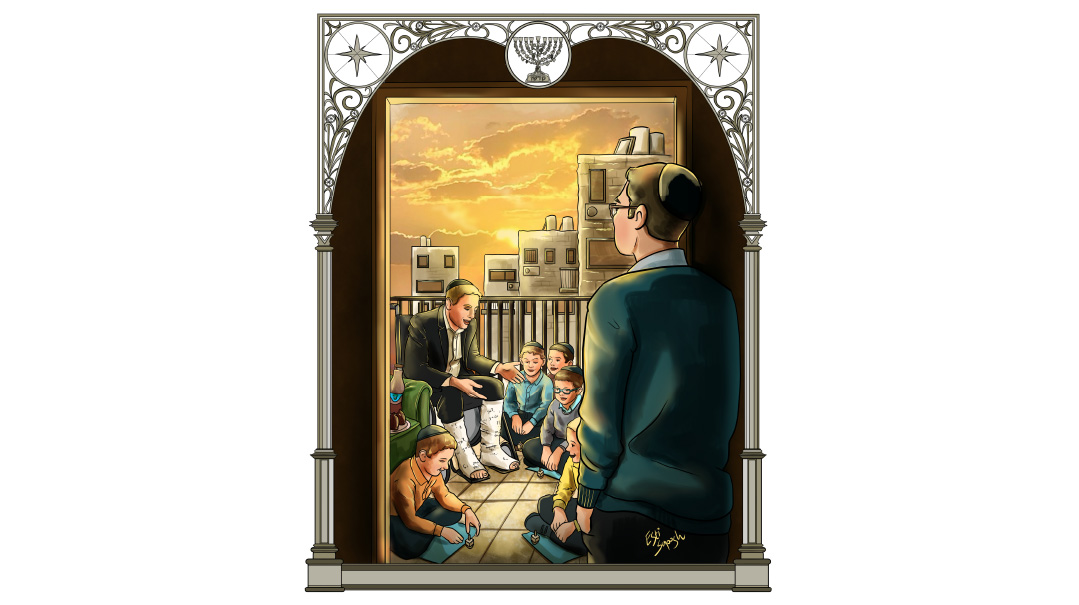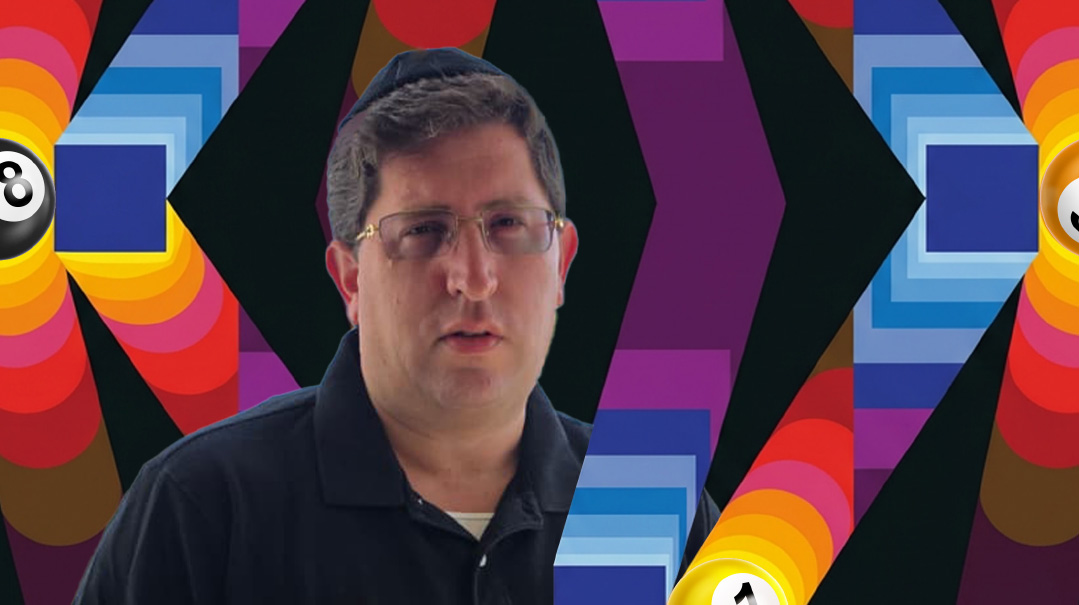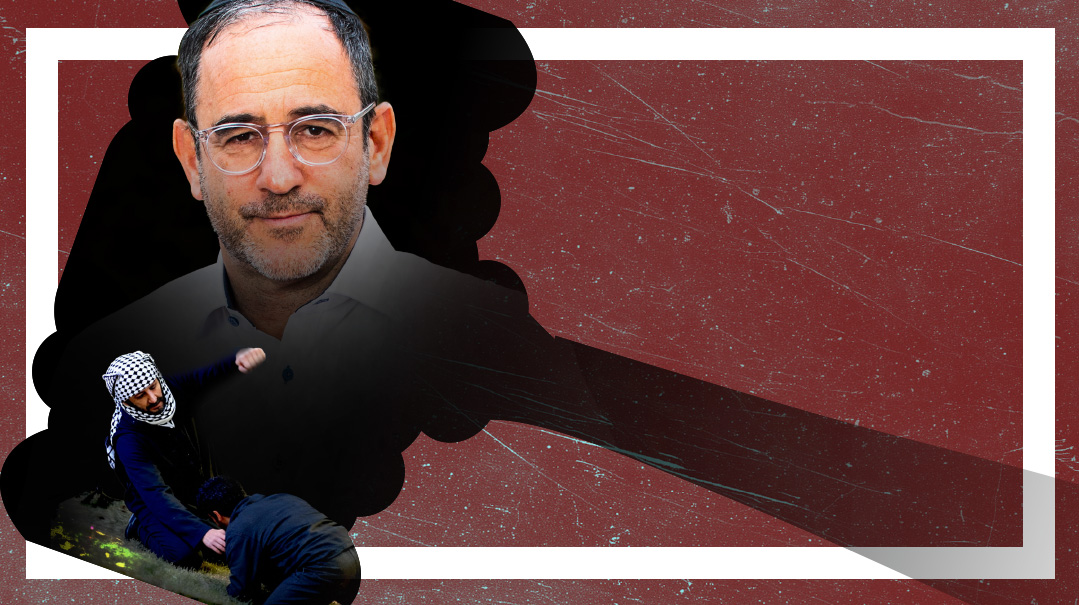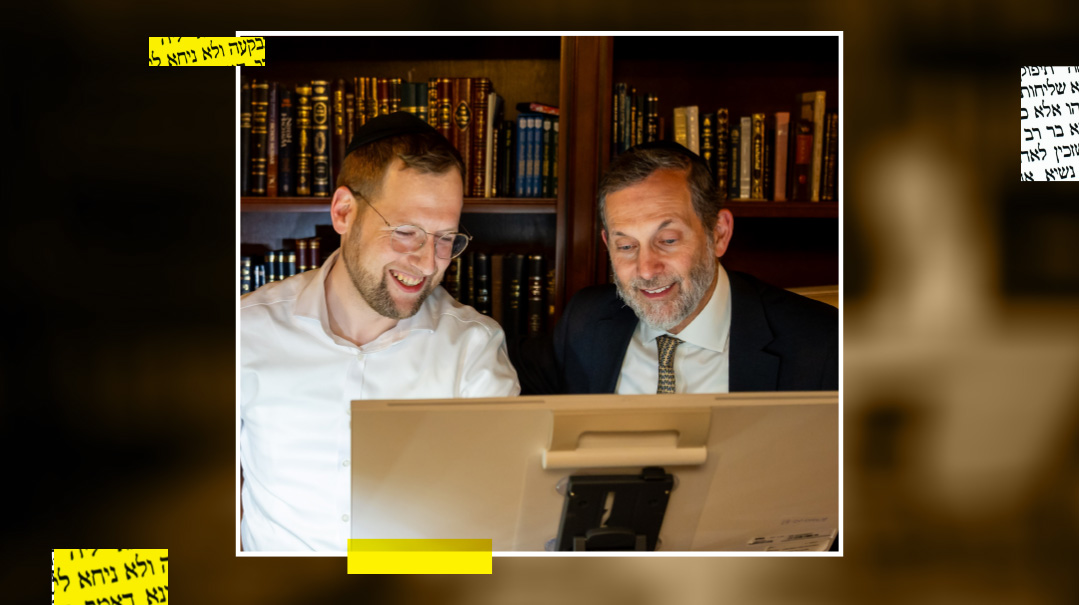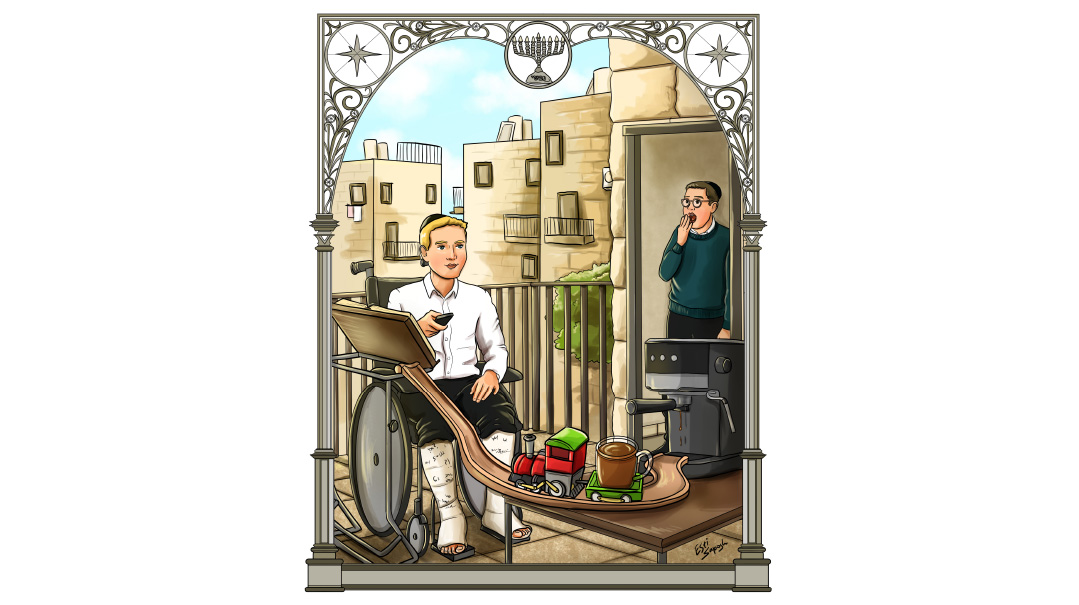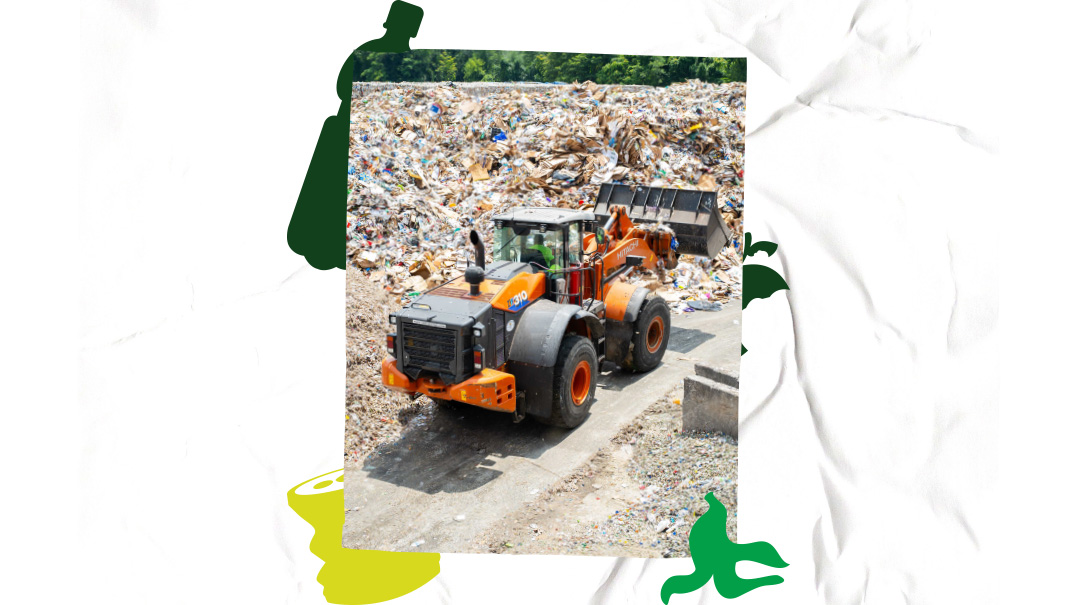5784: The Year Everything Changed
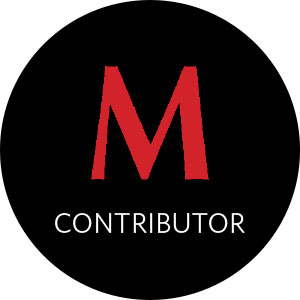
Here’s to 5785, a year of healing, hope, and besuros tovos for Klal Yisrael

Photos: AP Images, Flash 90
Quotes Compiled by Y. Davis
IT was a year unlike any other in recent memory.
The morning of Simchas Torah 5784 shattered our collective innocence. As the news trickled in —what happened? How many had fallen? Hostages taken?! — the day’s unbridled joy gave way to the piercing, keening sorrow of a nation shocked and bereft. It took time for the details of the horror’s magnitude to spread and for its full weight to sink in, but one thing was clear: The state of our world was forever altered.
The year of 5784 was one of confusion, a year in which we turned to our gedolim for wisdom in the fog of uncertainty. As the bedrock of our public and private lives shifted beneath the relentless pressure of a world in turmoil, voices of global leaders grew louder and bolder, their critical views on Israel and the Jewish people more pointed than ever before.
The story of 5784 unfolded at both breakneck speed and a maddeningly slow pace, each day packed with updates that left us reeling — and rarely with the good news we so desperately sought. Yet even in the face of relentless tragedy, our holy nation fought to replace horror with hope, and images of unity, faith, and solidarity emerged, offering glimpses of resilience on an unprecedented scale.
The essence of 5784, captured in this project edition, “The Year Everything Changed.” In it, one truth emerges: While so much around us will never be the same, it’s the constants — our faith, our community, our enduring spirit — that carry us through.
Here’s to 5785, a year of healing, hope, and besuros tovos for Klal Yisrael.
The Next Chapter
Gedalia Guttentag
In event after event — from the attacks on October 7 to the extraordinary downing of Iran’s ballistic missiles — I found myself reaching more for Michtav Mei’Eliyahu than to geopolitics to interpret them.

Before October 7
I was focused on the outside world.
Since October 7
we turned inward to our stories and sources.
Even before the IDF had finished securing the Gaza border area after the attacks last year, it was clear that our journalism had entered a new, post-Simchas Torah era.
It wasn’t just the shockingly different content, things we’d never dreamed of having to discuss: a grandmother being taken off into captivity on a golf cart; latter-day Holocaust comparisons; the question of whether there was a Jewish future in America.
It was the surprising reaction of some to the (heavily sanitized) version of events that we reported: “Why are you showing us these things?” went the charge. “We already know that we have to daven, so why fill the magazine with these scary things?”
I struggled to understand that viewpoint, which seemed to indicate the wish to get to the chizuk — the miracles and the unity — and skip the grieving.
The experience of one Holocaust survivor came to mind. In the immediate postwar years, she found that some people refused to listen to what she’d gone through because it was too difficult for them to hear. “I had to go through it, and you can’t even listen?” she’d think to herself.
In retrospect, that reaction to our coverage was a sign of the fundamental shift between pre- and post-October 7. In a frightening new world, what appeared in the paper had a scary immediacy.
That was only the beginning. As the year went on, I found myself operating differently. An editor’s job is to take the news flow, decide which stories to pursue, and what framing to give them. More and more, I was rejecting stories about the outside world — even compelling ones, potential scoops — in favor of stories about us and our world.
In a sea of Jewish pain, an interview with the latest right-wing, woke-bashing star felt trivial. When there was a (legitimate) debate about the future of the war, we sometimes chose silence over reportage, knowing that our words could cause immense pain.
Looking back, my own writing became less analytical, more human — and yes, sometimes more hashkafic as well.
I’d never been a fan of the genre of writing where a pro forma qualifier about siyata d’Shmaya is bolted onto a fundamentally secular piece of analysis. But in event after event — from the very attacks on October 7 to the extraordinary downing of Iran’s ballistic missiles — I found myself reaching more for Michtav Mei’Eliyahu than to geopolitics to interpret them.
Torah-conscious analysts of world events often walk a narrow line. They deal with the outside world as it presents itself, which is what most readers want to hear. They know that holding a pen doesn’t make them a visionary or mashgiach. But they’re also conscious that there are more layers out there than most practitioners of their craft are ready to admit.
They subscribe to the onion theory of world events: that below the very real trends of the business, news, entertainment and political worlds that constitute the surface, lie layer after layer of spiritual worlds where those very stories are all determined.
In a year of shocking, cataclysmic events, it felt amiss to focus solely on the surface, ignoring some of what’s boiling underneath. How could we talk about the balance of power, when the real story was the terrible display of Divine power?
Frum journalism has never been of the red-in-tooth-and-claw, muckraking variety. We have a more modest role in religious society than the Fourth Estate pretensions of the mainstream press, which has certainly had no post-October 7 epiphany. And while I can’t speak for the discussions in other newsrooms, in our corner of the publishing world, this year has prompted a self-scrutiny of our content and aims.
While our current affairs section isn’t going anywhere, will this year inaugurate a new chapter in Jewish publishing? It’s hard to know if the new sensitivity will last long term. But then, as this year has proved conclusively, we never know what lies over the next page.

Oops! We could not locate your form.

